Nestled in the heart of Abruzzo, Italy, Majella National Park holds secrets that have captivated humans for millennia. My first glimpse of this sacred mountain left me speechless. Its ancient peaks have been revered since time immemorial, creating a spiritual atmosphere you can almost touch.
The park is home to a network of hermitages carved into its rugged landscape, where monks like Pietro Celestino sought solitude among wolves, rare wildlife, and some of Italy’s most breathtaking natural wonders.
Walking these trails connects you to both wilderness and history in a way few places can. I’ve explored many national parks, but Majella’s unique blend of natural and cultural heritage stands apart.
The park has been inhabited for over 800,000 years, with medieval towns, hidden caves, and spiritual sites tucked between canyons and ancient trees.
The hermitages themselves tell a fascinating story of devotion and isolation. During my hikes through the park, I discovered these stone sanctuaries perched in seemingly impossible locations, offering both spectacular views and a glimpse into a contemplative past.
What makes Majella truly special is how seamlessly the sacred and wild coexist. You might spot wolf tracks near a thousand-year-old prayer site or witness golden eagles soaring above medieval stonework.
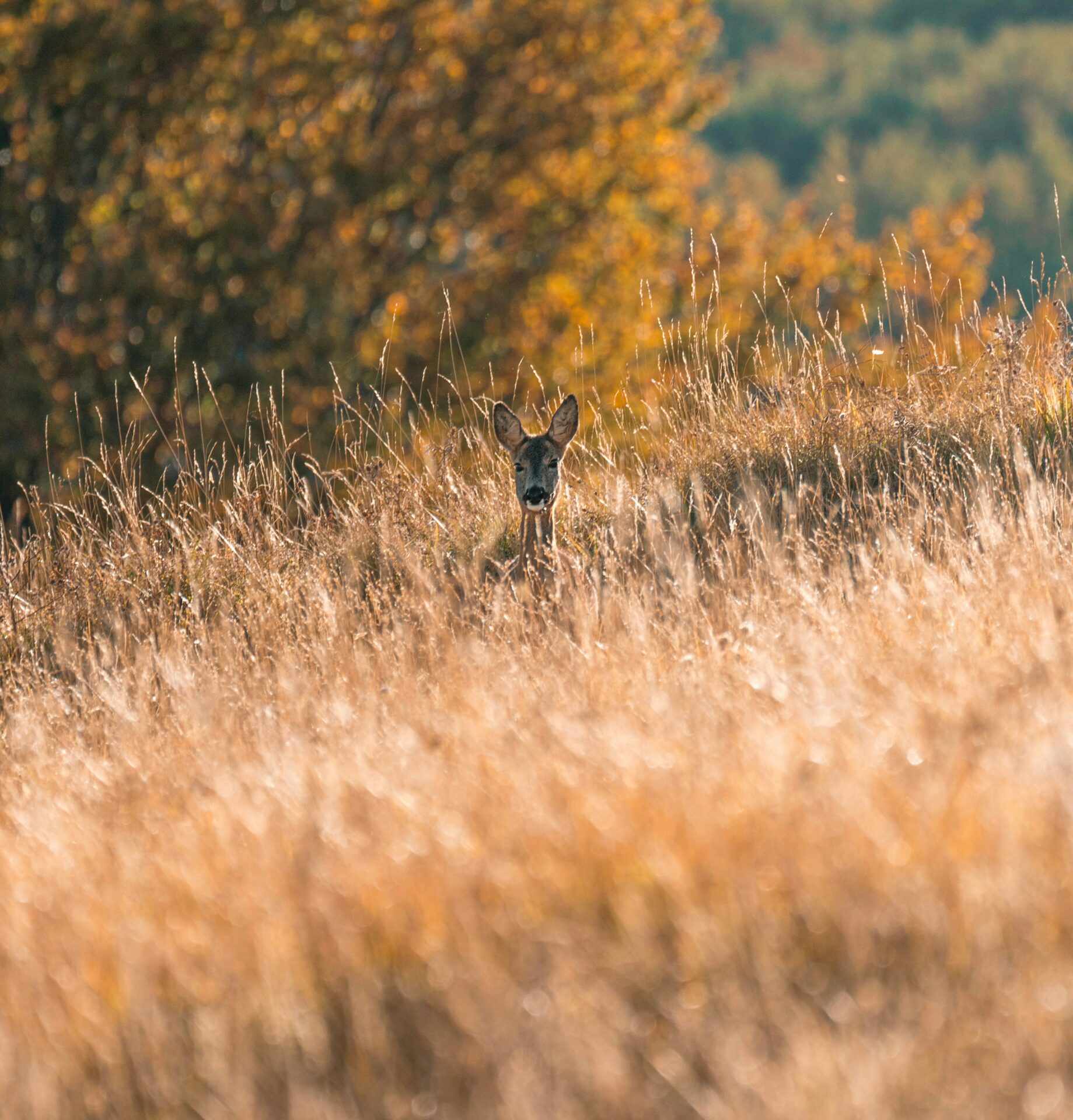
Maiella National Park: An Abruzzo Gem
Tucked away in the heart of Abruzzo, Maiella National Park stands as one of Italy’s most breathtaking natural treasures. I discovered this mountain paradise spans across three provinces and protects some of the most diverse ecosystems in the country.
Geographical Marvels of the Apennines
The park stretches majestically across the provinces of Pescara, Chieti, and L’Aquila in the Abruzzo region. What amazed me most was the Maiella massif itself – a stunning limestone mountain range that dominates the landscape. From certain viewpoints, I could even catch glimpses of the Adriatic Sea!
The park contains several mountain groups including the Rotella, Porrara, and Pizzi mountains alongside the main Maiella and Morrone ranges. During my explorations, I encountered dramatic canyons carved through ancient rock and forests of rare, centuries-old trees.
The landscape varies dramatically with elevation. Lower slopes feature Mediterranean vegetation, while the higher reaches reveal alpine environments that took my breath away.
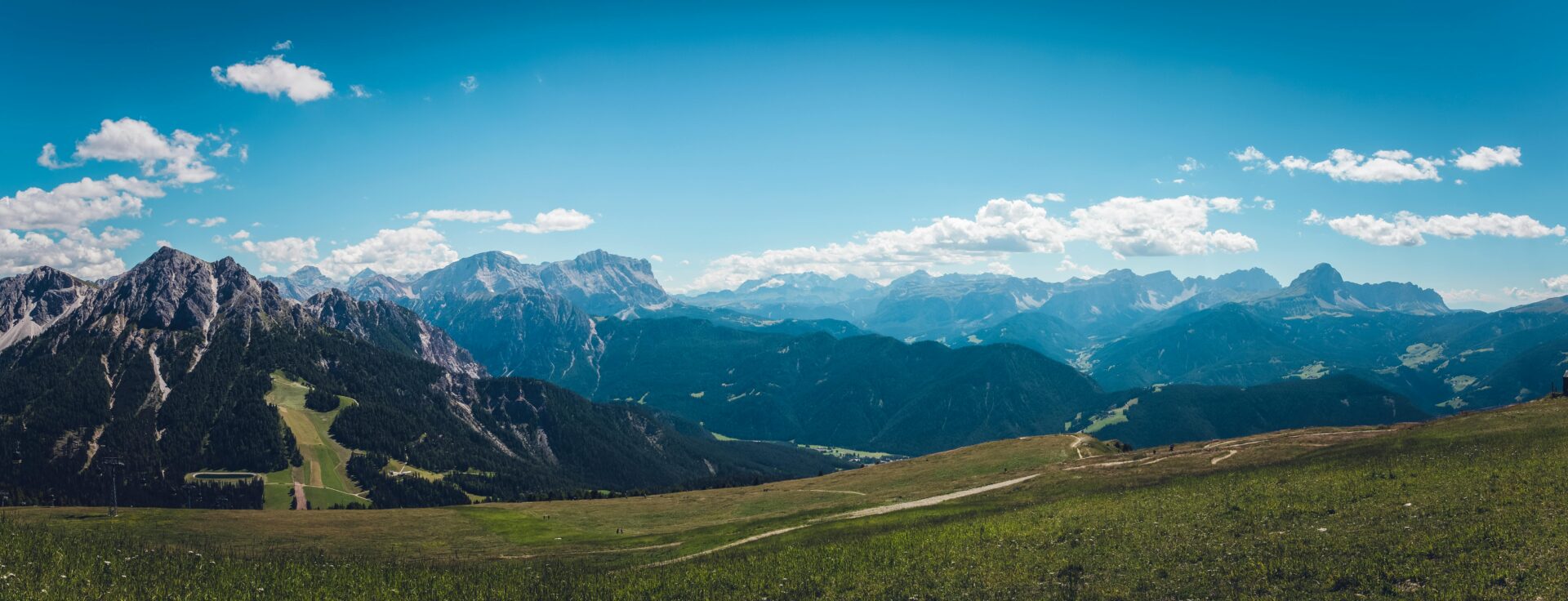
Consent and Conservation of the Park
Maiella National Park’s establishment represents a triumph of conservation efforts in the Abruzzo Apennines. Local communities actively participated in creating this protected area, recognizing the importance of preserving their natural heritage.
The park protects remarkable biodiversity, including the endangered Apennine wolf population. I spotted signs of their presence during a guided wildlife tour, though these elusive creatures stayed hidden.
Conservation programs focus on wildlife protection, sustainable tourism development, preservation of ancient forests, and protection of water resources.
Traditional practices of local villages continue within park boundaries, creating a beautiful balance between human activity and nature conservation. This harmony makes Maiella unique among Italy’s national parks.
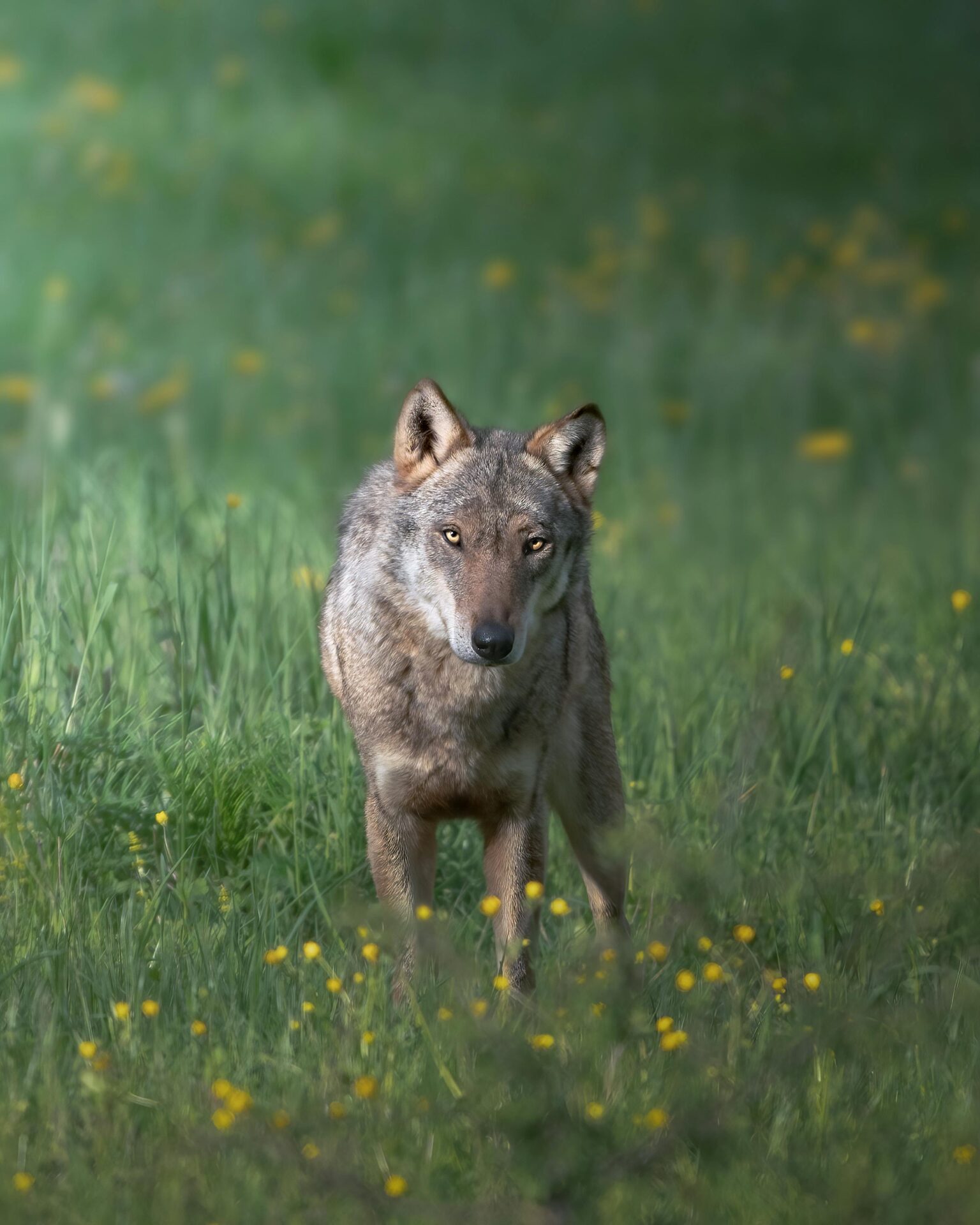
Historical Hermitages: Windows to the Past
The rugged landscape of Majella National Park is dotted with ancient hermitages that tell stories of faith, solitude, and spiritual devotion. These sacred retreats carved into the mountainside served as sanctuaries for monks seeking connection with the divine through isolation.
The Revered Legacy of Celestine V
Walking through these hermitages, I’m always struck by their connection to Pope Celestine V, born Pietro da Morrone. Before becoming pope in 1294, he spent years as a hermit in these mountains, establishing several retreats that still stand today.
The most famous is Santo Spirito a Majella, where Celestine lived before reluctantly accepting the papal throne. Its stone walls and simple chambers reflect his humble lifestyle and deep spirituality.
I’ve found that visiting at sunrise offers a magical experience. The golden light filters through narrow windows, illuminating frescoes that have survived centuries. Celestine’s presence feels tangible here – a man who famously resigned the papacy after just five months to return to his beloved mountains.
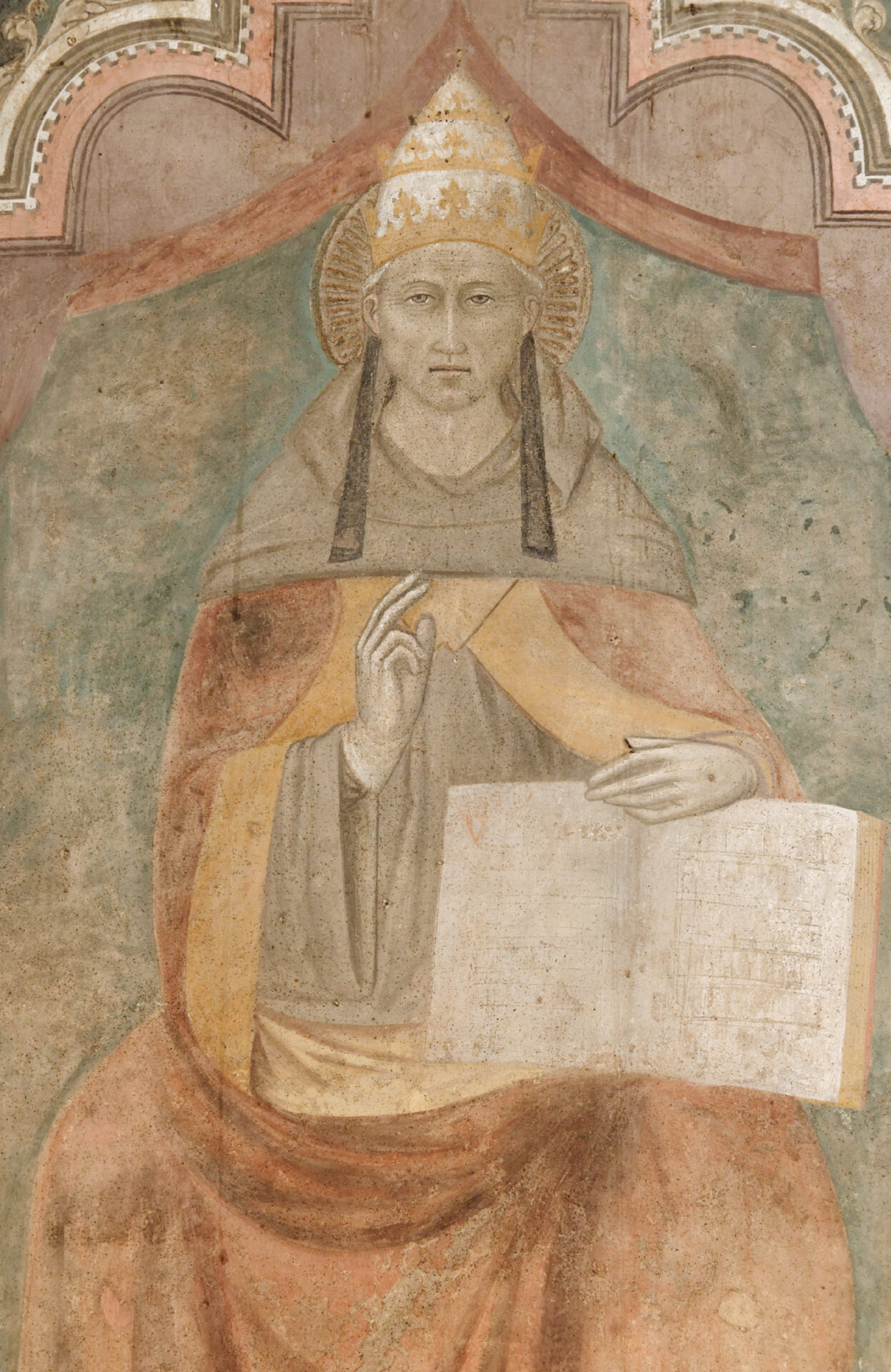
Monastic Traditions of the Celestine Monks
The Celestine monks who followed their founder’s example created a unique tradition of mountain monasticism. They established a network of “eremi” (hermitages) throughout the Majella massif, each positioned in almost inaccessible locations.
San Bartolomeo in Legio is one of my favorites. Built into a natural cave on a cliff face, it required tremendous dedication to construct. Inside, I discovered simple living quarters, a modest chapel, and cisterns for collecting rainwater.
The daily life of these monks was structured around prayer (up to eight times daily), manual labor in small gardens, study and meditation, and occasional interaction with local communities.
Their self-sufficient lifestyle included beekeeping, herb cultivation, and making simple remedies for villagers. This connection between spirituality and practicality still resonates in these sacred spaces, making them not just historical monuments but living windows to a contemplative past.
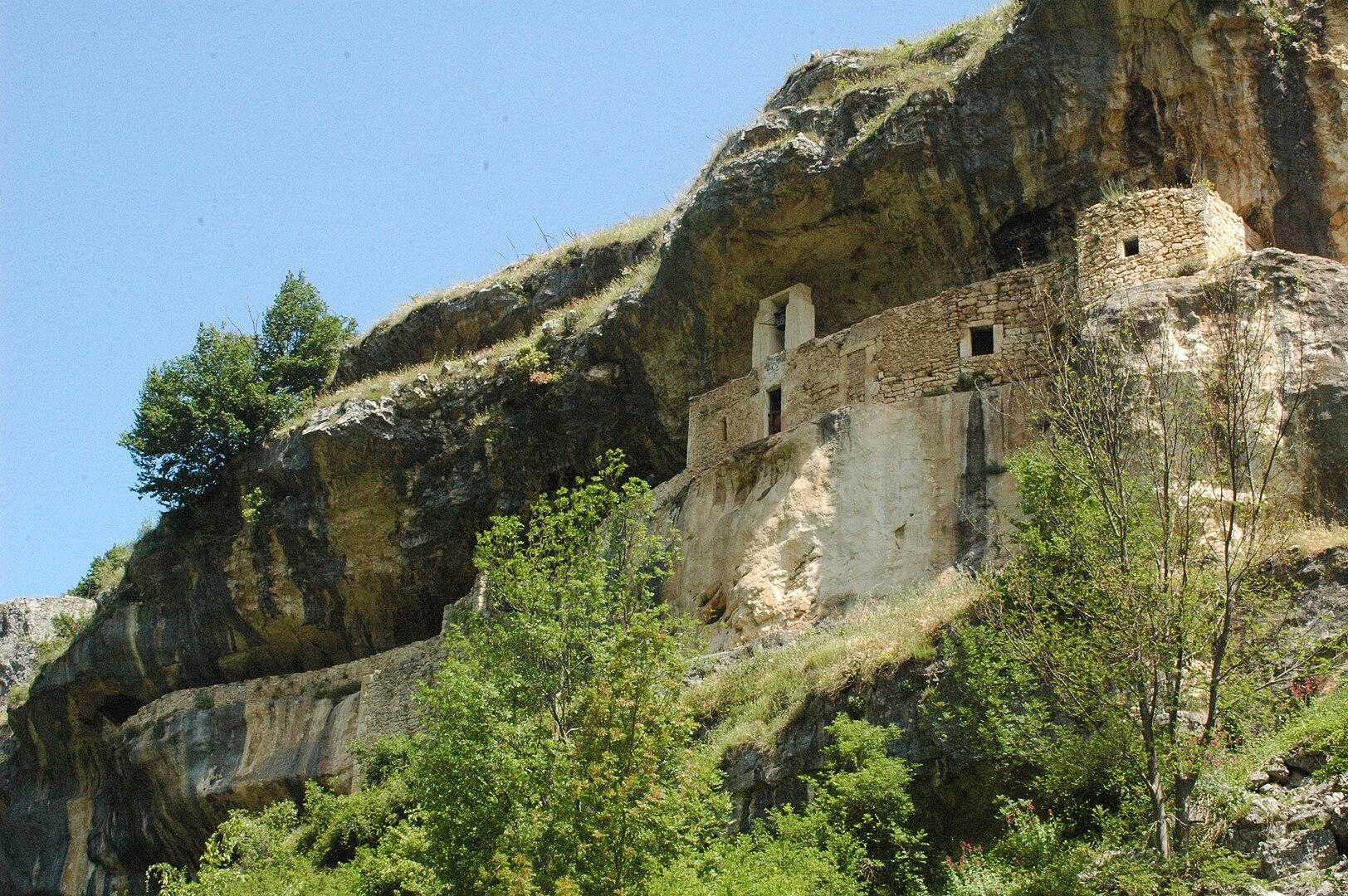
Spiritual Journeys: Pilgrimage Through Time
Walking the ancient paths of Maiella National Park connects you to centuries of spiritual seekers. The hermitages nestled in these mountains have drawn pilgrims since medieval times, offering both physical challenge and spiritual renewal.
The Sacred Path to the Church of St. Francis
I found the trail to the Church of St. Francis breathtaking in more ways than one. The steep, winding path follows ancient routes once traveled by monks seeking solitude in the mountain wilderness.
Stone markers guide you along the way, each one carved with symbols that pilgrims have touched for centuries. The journey itself becomes a form of meditation, with the mountain landscape slowly revealing its secrets as you climb.
The church sits dramatically on a cliff edge, partially carved into the mountain itself. Inside, simple stone walls hold centuries of prayers. Frescoes dating back to the 13th century depict scenes from St. Francis’s life, their colors still vibrant despite the passing centuries.
Local guides told me pilgrims often leave small offerings—coins, flowers, or written prayers—in the wall niches. This tradition continues unbroken for over 800 years.
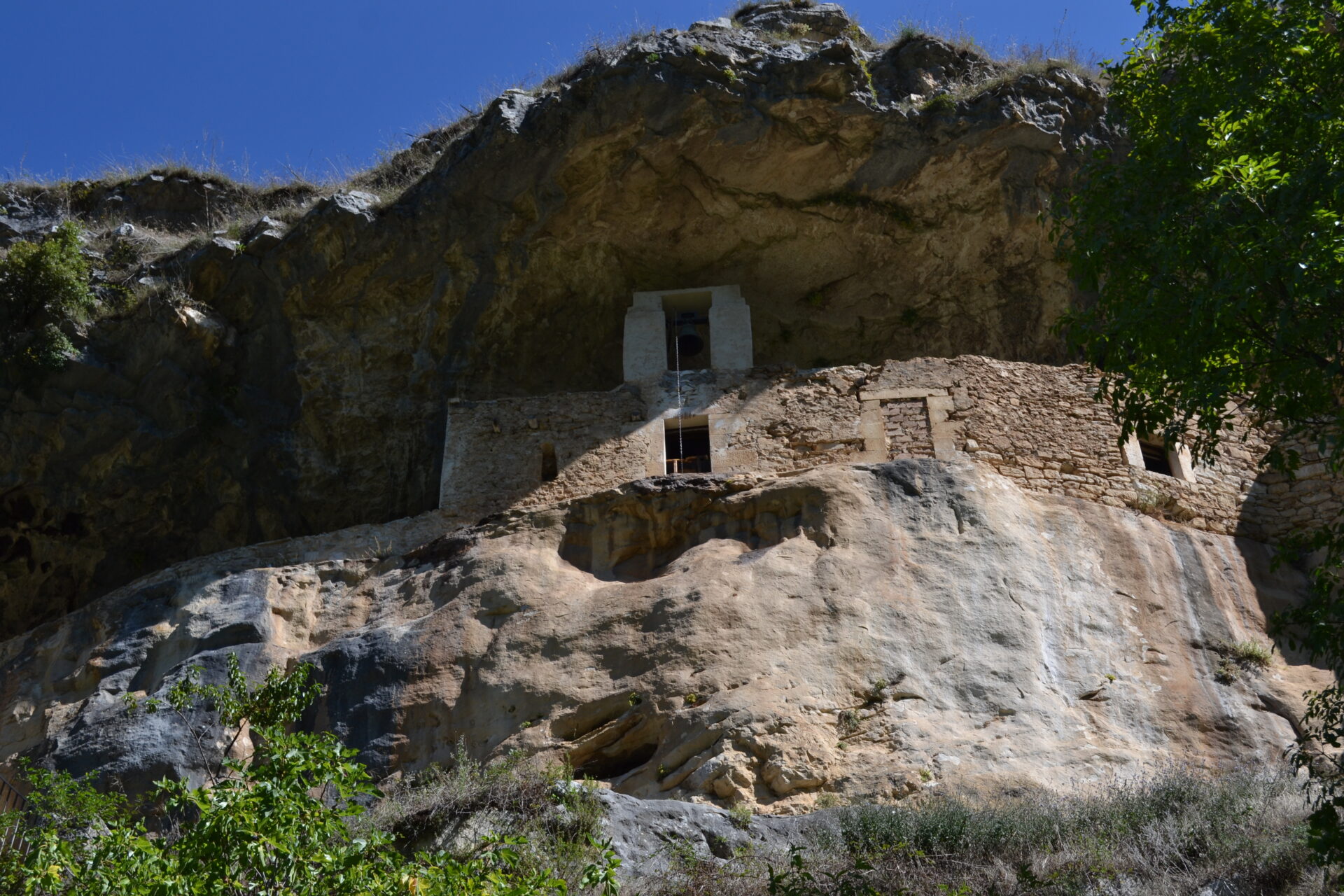
Pilgrims and the Pursuit of Plenary Indulgence
My guide explained that medieval pilgrims made these difficult journeys seeking plenary indulgence—complete forgiveness of sins. The Catholic Church granted this special status to certain sacred sites in Maiella.
Documents from the 14th century show thousands traveled here annually, some walking barefoot as penance. The most devoted pilgrims completed a circuit of seven hermitages, spending a night in prayer at each one.
The tradition continues today, though with more comfortable accommodations available! Modern pilgrims often seek spiritual renewal rather than formal indulgence. I met hikers from across Europe walking these paths to disconnect from modern life.
Pilgrim Essentials:
- Sturdy hiking boots
- Water bottle (few sources on mountain)
- Prayer cards (available at visitor center)
- Journal for reflections
The route is well-marked now, but challenging in bad weather. Time your visit between May and September for the safest experience.
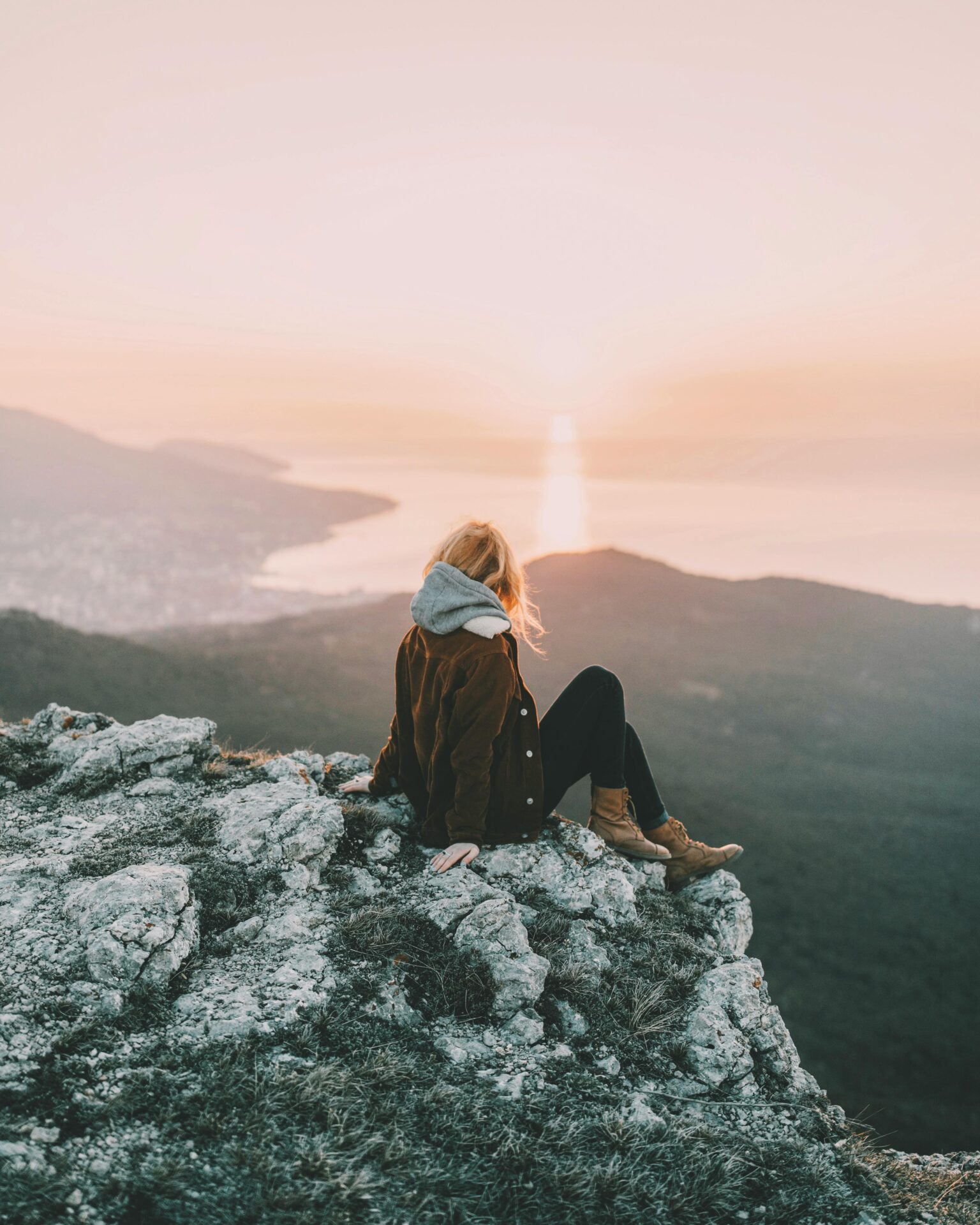
Capturing Maiella: Artistry in Nature
The Maiella Mountains offer countless artistic opportunities through their dramatic landscapes and ever-changing light. I’ve found this national treasure inspires creativity in nearly everyone who visits, from professional photographers to casual travelers with smartphones.
The Canvas of Sulmona and Surrounding Vistas
Sulmona provides the perfect basecamp for artistic exploration of Maiella. The medieval town itself is framed by mountain backdrops that shift in color and mood throughout the day. I’ve spent mornings photographing the pink-orange alpenglow on the peaks, visible right from Sulmona’s Piazza Garibaldi.
The contrast between human architecture and natural wilderness creates compelling compositions. Local artists often set up easels along the hillsides, capturing the relationship between the ancient town and the timeless mountain. During my visits, I’ve noticed how the afternoon light casts dramatic shadows across the limestone cliffs.
Some of my favorite vantage points include:
- The road to Pacentro for panoramic valley views
- Badia Morronese monastery for framed mountain scenes
- Campo di Giove for wildflower foregrounds in spring
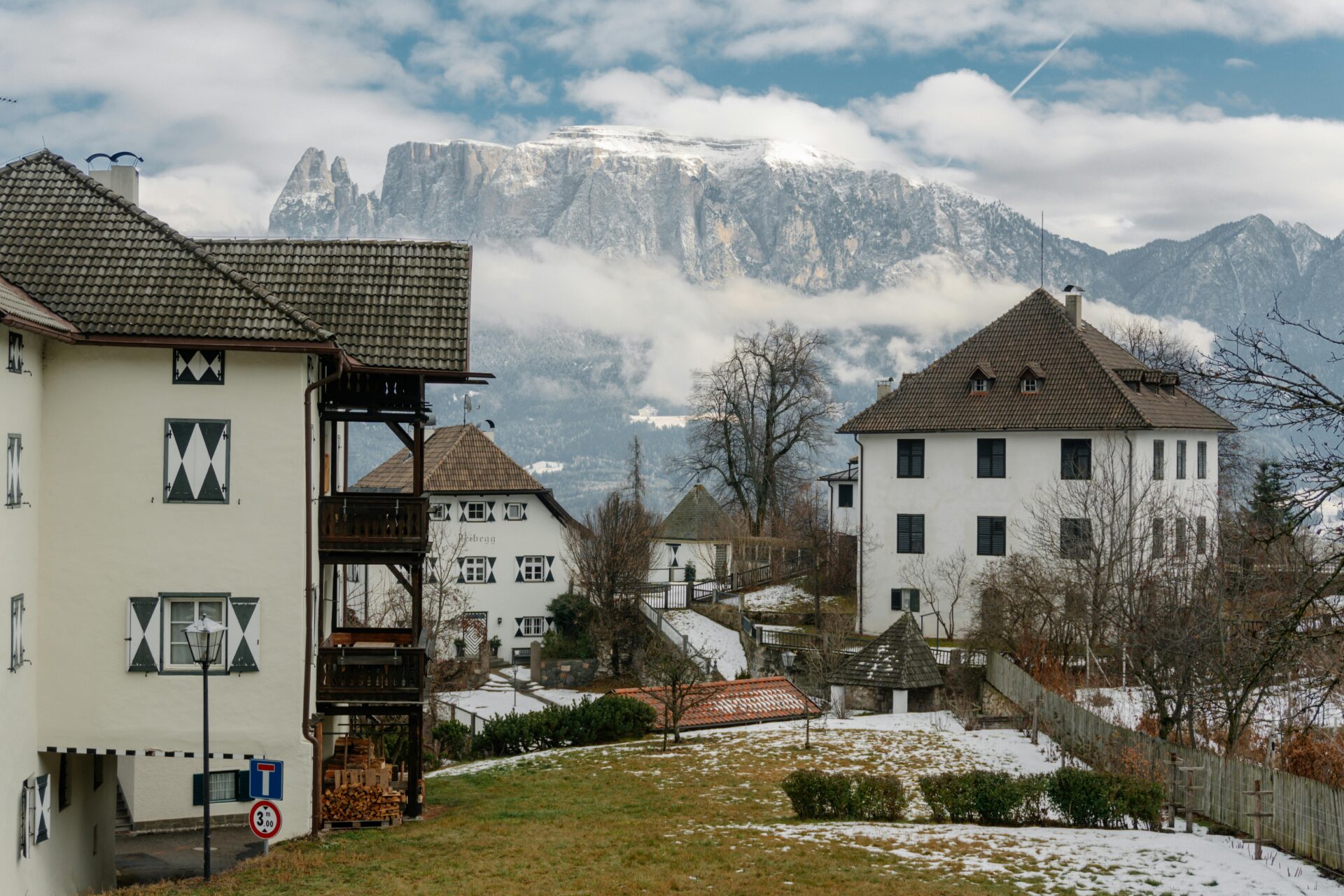
Immortalizing Maiella: Stock Photos, Vectors, and Videos
The commercial potential of Maiella imagery continues to grow with demand for authentic natural settings. Stock photography sites now feature thousands of Maiella images showcasing its diverse seasons and wildlife.
I’ve contributed my own photos to several stock platforms, finding particular interest in:
- Close-ups of endemic wildflowers against limestone
- Moody fog rolling through forest valleys
- The Apennine wolf in natural habitat (rare but spectacular)
Video creators capture the dynamic quality of the park through timelapse of weather patterns and seasonal changes. Drone footage offers new perspectives on the hermitages, revealing how these sacred spaces nestle into the mountain contours.
Vector artists translate Maiella’s distinctive silhouette into simplified forms perfect for logos and illustrations, especially for regional tourism and ecological organizations.
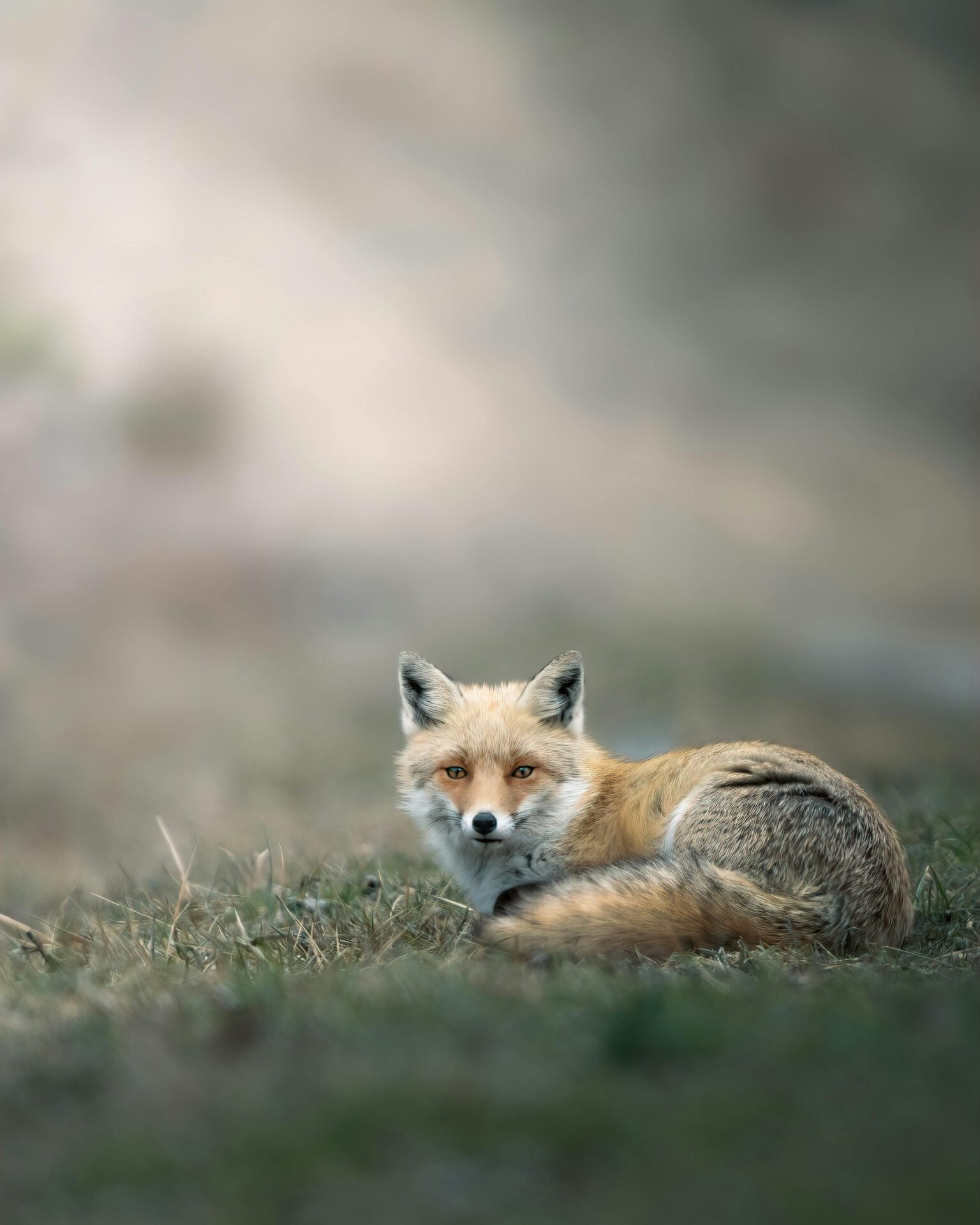
Sharing the Story: 360° Panoramic Images
My most immersive experiences have come through creating 360° panoramas from Maiella’s peaks. These interactive images allow viewers to explore the vastness of the landscape from a single viewpoint.
The technology has transformed how I document my hikes. Standing atop Monte Amaro, I captured a complete panorama showing the Adriatic Sea to the east and the central Apennine range stretching north and south.
Several apps now offer virtual tours of the more accessible hermitages through connected 360° images. I recommend downloading these before visiting to better understand the spatial relationships between sites.
The most compelling panoramas include:
- Monte Acquaviva summit views
- Valle dell’Orfento’s dramatic gorges
- Sant’Onofrio al Morrone hermitage interiors and surroundings
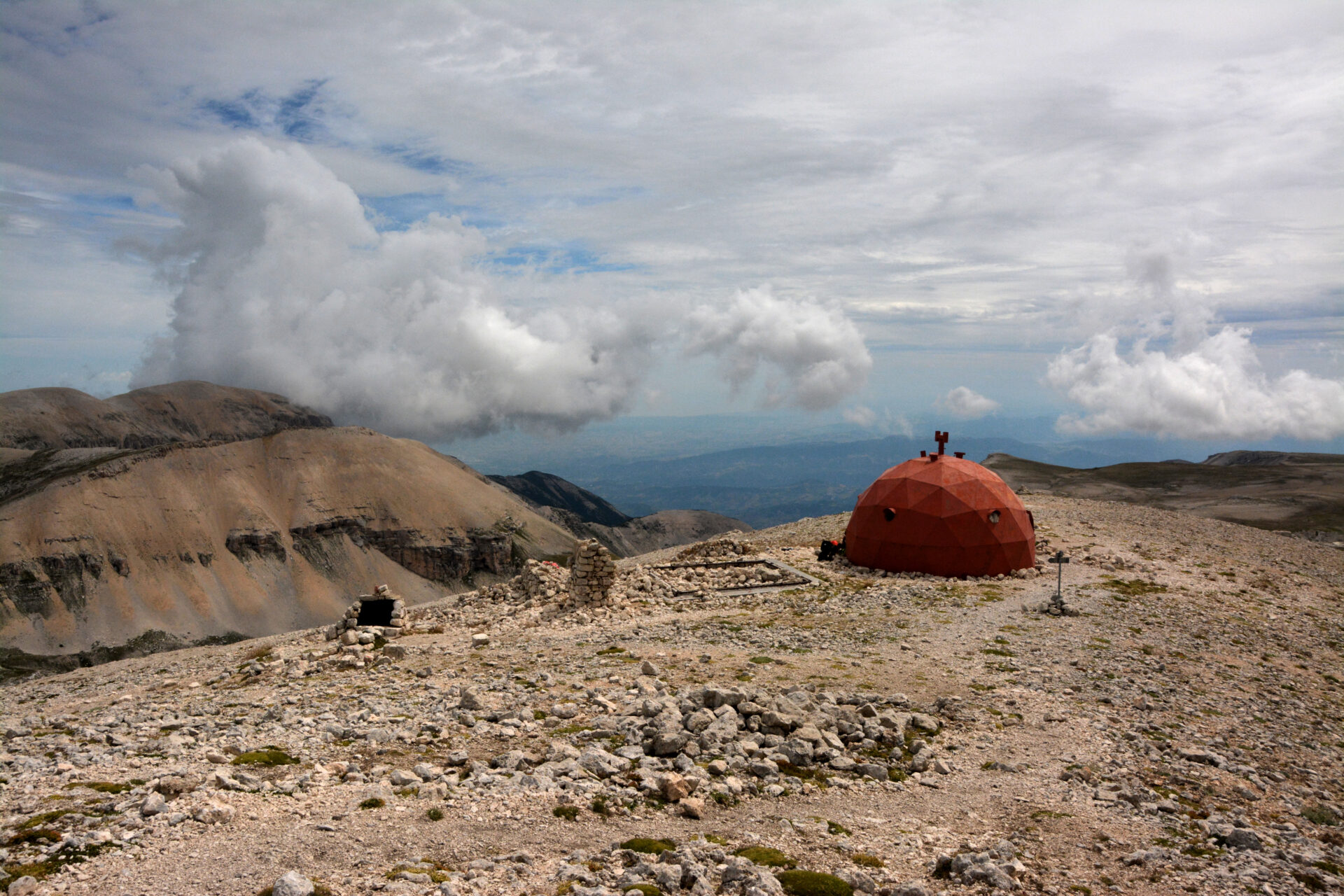
The Fauna and Flora of Maiella: A Biodiversity Hotspot
Majella National Park is a true wildlife sanctuary in the heart of Abruzzo. I’ve been fortunate to glimpse some of Italy’s most precious animals during my hikes across its rugged landscape.
The park serves as home to remarkable wildlife. These include the rare Marsican brown bear, gray wolves, and the Apennine chamois. These magnificent creatures roam freely in protected habitats, though you’ll need patience and a bit of luck to spot them.
Otters glide through the park’s pristine waterways, while the skies above host numerous butterfly and moth species. The biodiversity here is simply astounding.
The plant life is equally impressive with dense forests covering much of the terrain. Walking through these woods, I’ve noticed how the vegetation changes with altitude. You’ll find oak and beech forests at lower altitudes and high-altitude meadows filled with wildflowers at higher ones.
Notable Fauna:
- Marsican brown bear
- Gray wolf
- Apennine chamois
- Otters
- Various butterflies and moths
Forest Coverage:
- Ancient beech forests
- Oak woodlands
- High-altitude pine stands
The park’s isolation has preserved many rare plant species that are endemic to this region. Alpine flowers carpet the mountainsides in spring, creating breathtaking panoramas that I never tire of photographing.
This biodiversity makes Majella one of Italy’s most important ecological treasures. It’s a living museum of natural history that continues to evolve.

